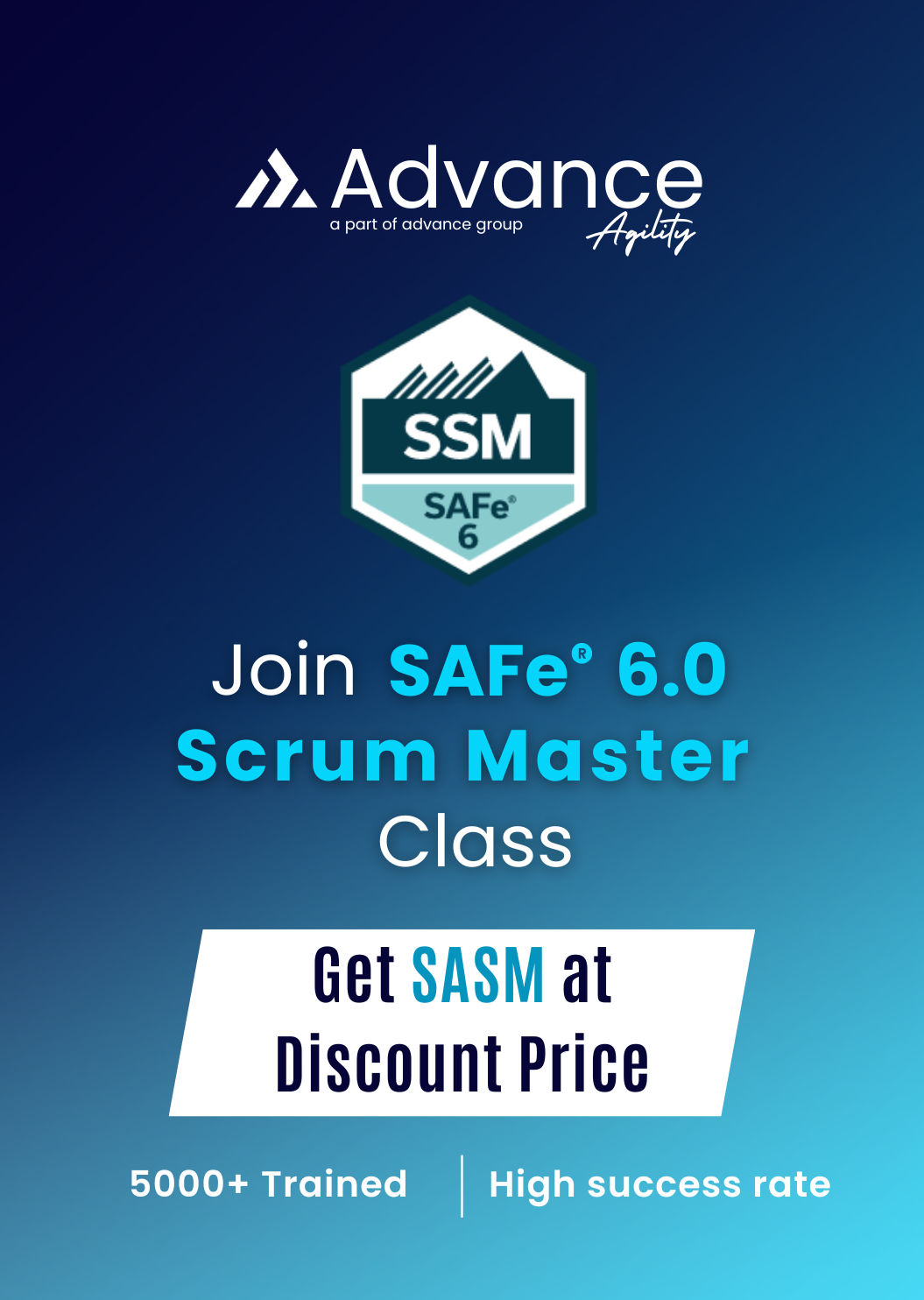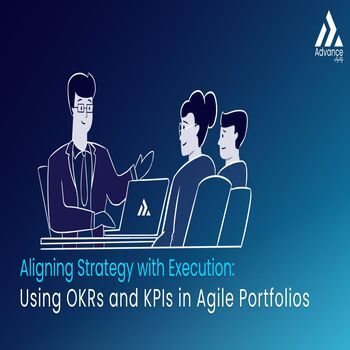Aligning Strategy with Execution: Using OKRs and KPIs in Agile Portfolios
In today’s competitive digital landscape, organizations must continuously adapt while maintaining clear focus on value delivery. Within an agile enterprise framework like SAFe® (Scaled Agile Framework), aligning strategy with execution becomes critical. Two core tools that help achieve this alignment are Objectives and Key Results (OKRs) and Key Performance Indicators (KPIs).
This article explores how OKRs and KPIs are implemented within the Digital Airline Experience Portfolio, a case example demonstrating best practices in agile portfolio management.
Understanding OKRs and KPIs
OKRs (Objectives and Key Results) are a goal-setting methodology used to define and track objectives and their outcomes. They are:
- Aspirational
- Time-bound
- Outcome-oriented
KPIs (Key Performance Indicators), on the other hand, are quantifiable metrics that track the efficiency and effectiveness of ongoing activities. They are:
- Operational
- Continuously monitored
- Performance-focused
While OKRs drive strategic alignment, KPIs provide ongoing visibility into performance. Both are essential for ensuring business agility.
Portfolio in Focus: Digital Airline Experience
The Digital Airline Experience Portfolio aims to enhance customer satisfaction, improve operational efficiency, and increase revenue through digital channels. It is structured around two core Development Value Streams (DVS):
1. Customer Experience Value Stream
Purpose: Enhance customer-facing digital touchpoints—mobile apps, websites, check-in kiosks, and loyalty programs.
Agile Release Trains (ARTs):
- Mobile Engagement ART
- Digital Commerce ART
- Loyalty and Personalization ART
OKR Example: Enhance Digital Customer Satisfaction
- Achieve NPS of 60+ for digital services by Q4
- Increase mobile app rating to 4.5 stars
- Reduce digital service-related complaints by 20%
Linked KPIs:
- Net Promoter Score (NPS)
- App Store Ratings
- Mobile/Web Conversion Rates
- Customer Retention Rate
2. Flight Operations Efficiency Value Stream
Purpose: Improve flight operations, reduce turnaround time, and enhance ground logistics through digital tools.
Agile Release Trains (ARTs):
- Flight Planning ART
- Ground Operations ART
- Crew Management ART
OKR Example: Improve Operational Efficiency
- Reduce flight turnaround time from 47 to under 35 minutes
- Achieve 95% on-time departure rate
- Reduce baggage mishandling rate by 15%
Linked KPIs:
- Average Turnaround Time
- On-Time Departure Percentage
- Baggage Mishandling Rate
- Crew Schedule Adherence
Driving Digital Revenue
OKR Example: Drive Revenue Growth Through Digital Channels
- Increase digital upsell conversion rate from 4% to 10%
- Grow online ancillary revenue by 25%
- Generate 30% of total bookings via the mobile app
Linked KPIs:
- Digital Sales Conversion Rate
- Revenue per Booking
OKRs vs KPIs: Key Differences
|
Feature |
OKRs |
KPIs |
|
Scope |
Portfolio-level |
Value Stream-level |
|
Focus |
Strategic outcomes |
Operational performance |
|
Cadence |
Quarterly |
Continuous |
|
Purpose |
Set direction and inspire |
Monitor and manage |
OKRs define where we want to go, while KPIs help assess how well we're progressing.
Conclusion: The Synergy of OKRs and KPIs
When used together, OKRs and KPIs create a robust framework for managing agile portfolios:
- OKRs provide clarity on strategic intent.
- KPIs ensure delivery remains measurable and results-focused.
By integrating both into your portfolio practices, you enable your teams to work with purpose, measure what matters, and deliver value at scale.
view Count
101



